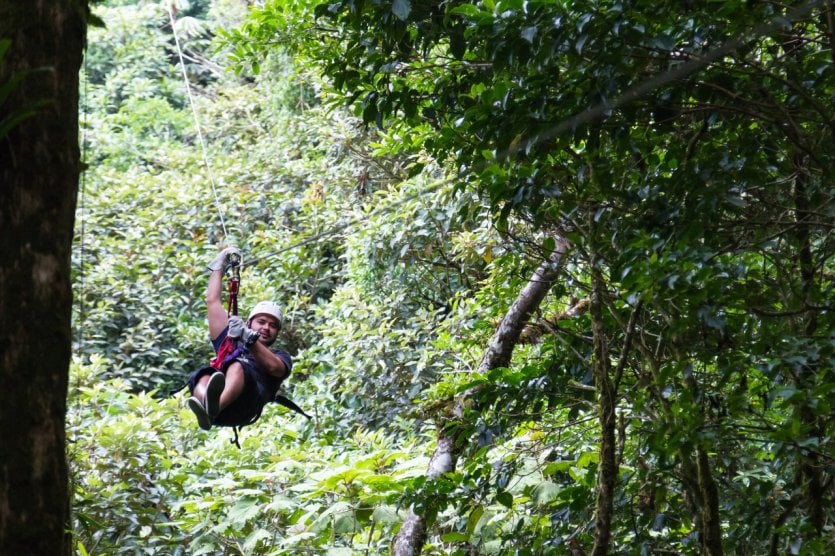
Land of pura vida, Costa Rica, bordered by the Caribbean Sea and the Pacific Ocean, connects North America to South America. To visit this territory is to discover a lush land, a true gift of nature where life is sweet. A paradise for visitors in search of a preserved Mother Nature, Costa Rica also satisfies sportsmen with its many renowned spots for rafting, hiking or water activities. Welcome to the happiest country in the world according to theHappy Index Planet ! Petit Futé offers you its must-sees for a successful stay!
1. The Arenal volcano, majestic and threatening
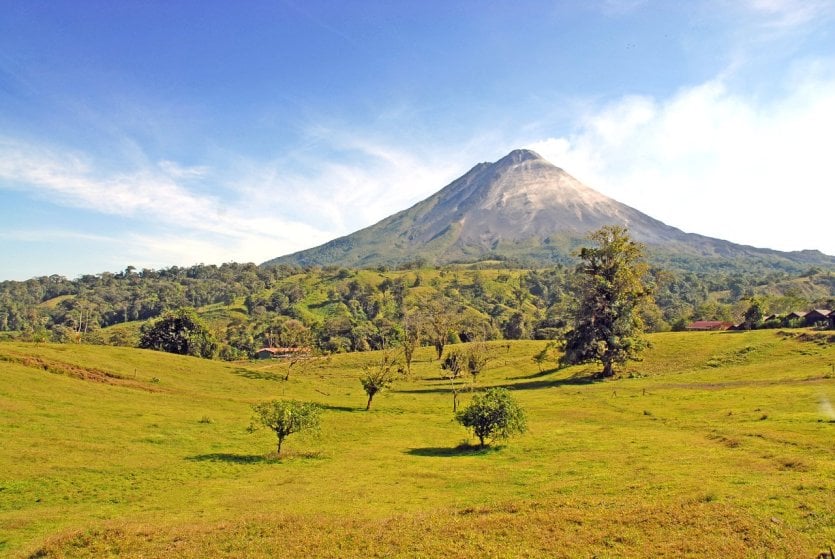
In 1968, the Arenal vol cano woke up and its eruption swept away a charming village located on the western slope. Fortunately, since 2010, this volcano has absolutely calmed down... Even if it is still forbidden to walk on its paths, you can still walk on beautiful sites in the surroundings, like Cerro Chato, considered as the little brother of Arenal. La Fortuna, the closest town to Arenal, offers a splendid view of the volcano. Would you like to discover the dense forests and volcanic landscapes of La Fortuna? Enjoy a guided hike to the waterfall of La Fortuna and finish your visit with a swim!
2. Manuel Antonio National Park, an example of biodiversity
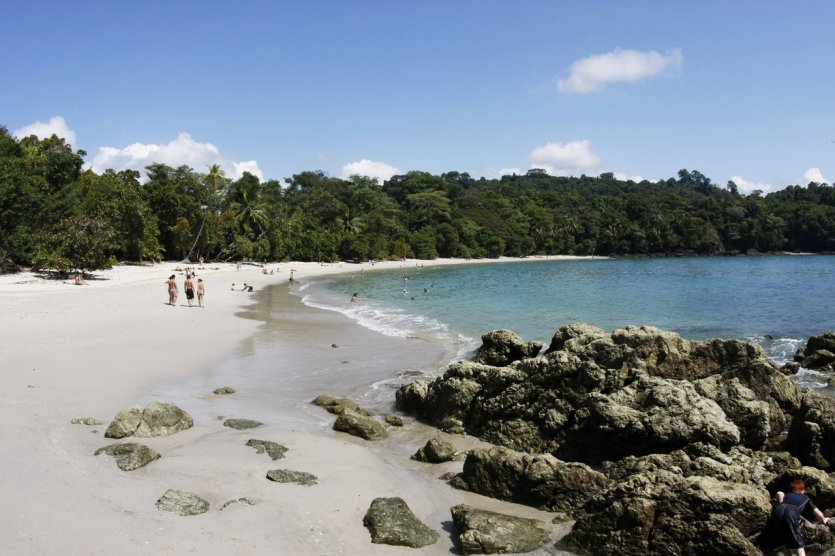
If the Manuel Antonio National Park is one of the most famous in the country, it is also one of the smallest with "only" 1,625 ha. Voted one of the most beautiful parks in the world by Forbes magazine,it owes its popularity to its impressive fauna and flora. Whether on land or in the sea, many animals inhabit this natural gem: howler monkeys, bottlenose dolphins and even humpback whales! Take a break on one of the beaches of the park, they are splendid. If you want to explore Manuel Antonio National Park with a local nature expert to discover the history of the place, we recommend you to book your guided tour in advance right here!
3. Montezuma and its bohemian atmosphere
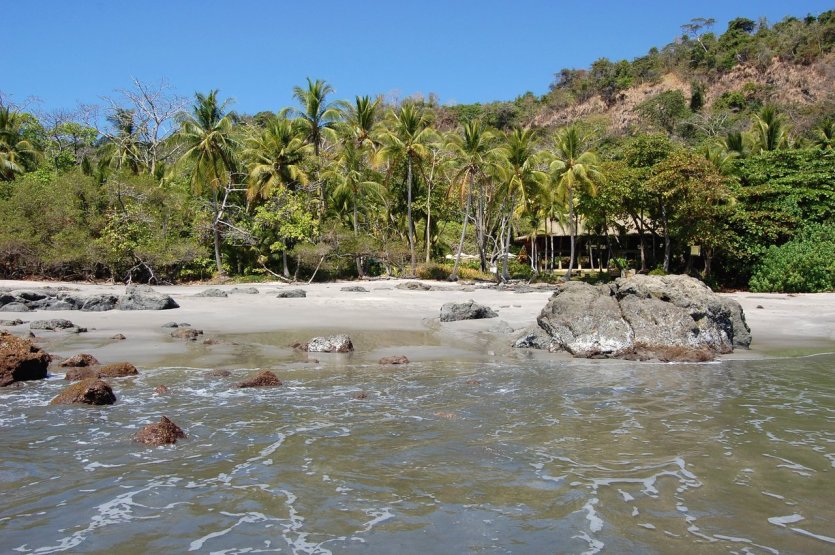
Backpackers and baba cool all meet in Montezuma! Here, yoga is legion and fire jugglers are omnipresent. Cliché, you may think! Well no, Montezuma is certainly one of the most beautiful places in Costa Rica ! You have to go there to believe it... Its almost intimate beach, despite the many travelers, its waterfalls and its jagged coastline will make you want to enjoy it longer than expected...
4. Kayaking in the Golfo Dulce
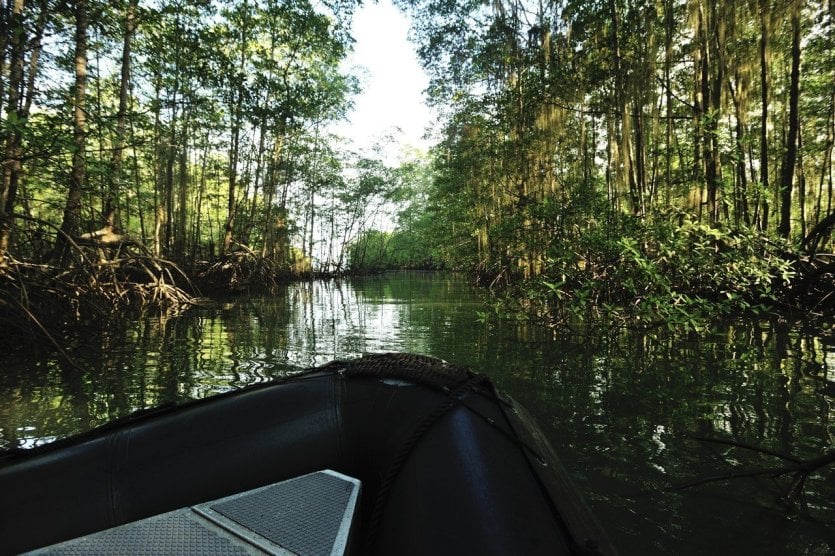
Located in the south of Costa Rica, the Golfo Dulce - sweet golf - extends over 75 km long and 20 to 30 km wide. Kayaking, for the most initiated, allows you to get away from the open sea and discover the labyrinth of the mangrove where a splendid fauna lives : herons, sloths, dolphins and whales among others. Take the time to discover this landscape before taking a break on one of the splendid beaches that you will cross.
5. The Poás volcano national park, a trip to the heart of the crater
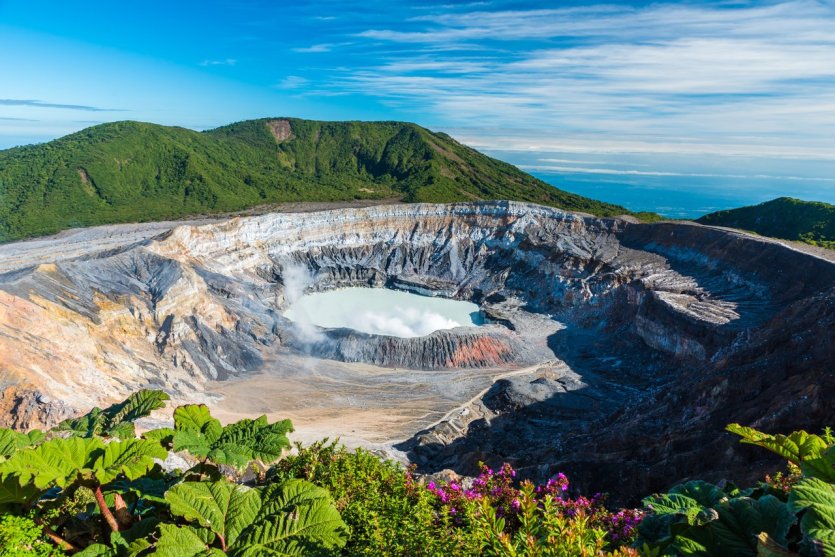
To the northwest of the capital, San José, the Poás volcano is one of the most active in Costa Rica. Since 1828, it has had 39 eruptions... enough to scare more than one! In the heart of a sublime national park, we go along coffee farms to reach the highest point of Poás, at 2 708 m of altitude. Of course, it is forbidden to approach the active craters, but you will be able to enjoy a superb panorama on the emerald lake of the volcano! Tempted by a discovery of the volcano? Click here to book your tour: you will discover the majestic Poás volcano and enjoy a break at the waterfall of La Paz!
6. Santa Teresa beach, a surfer's paradise
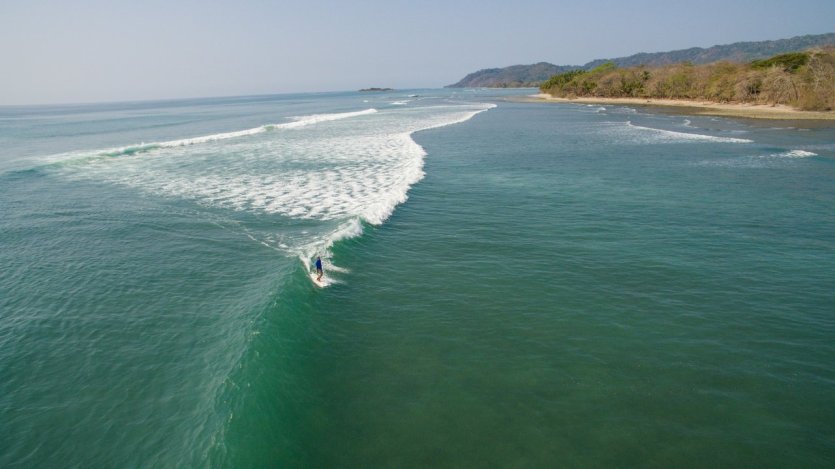
In the south of the Nicoya peninsula is the Santa Teresa beach , a privileged spot to tame the wave! Surfing is practiced all year round, but the ideal period is certainly from December to the end of April. Its wild coasts will also please the visitors looking to move away from the too populated beaches. Its miles of white sand bordering the rainforest form an idyllic setting...
7. Visit the coffee plantations of the Central Valley
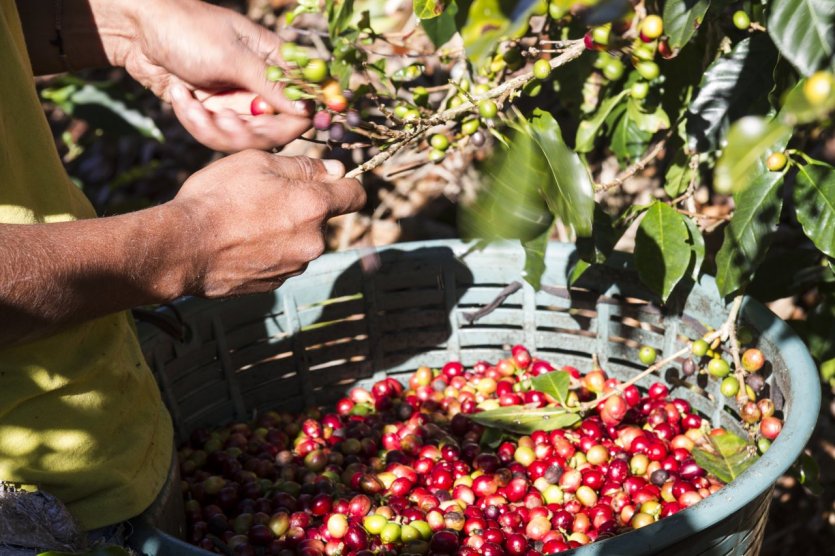
The Central Valley is certainly the soul of Costa Rica, the most authentic part of the country . It is here that we find the coffee plantations that made the prosperity of this land. So, after enjoying a few sessions of hiking in the area to discover the nature, you should plan a visit to a coffee plantation to better understand the process of extracting the seed from the fruit, the drying and roasting. You will learn a lot about the work involved in making your morning espresso!
8. Tyrolean traverse in the forest of Monteverde
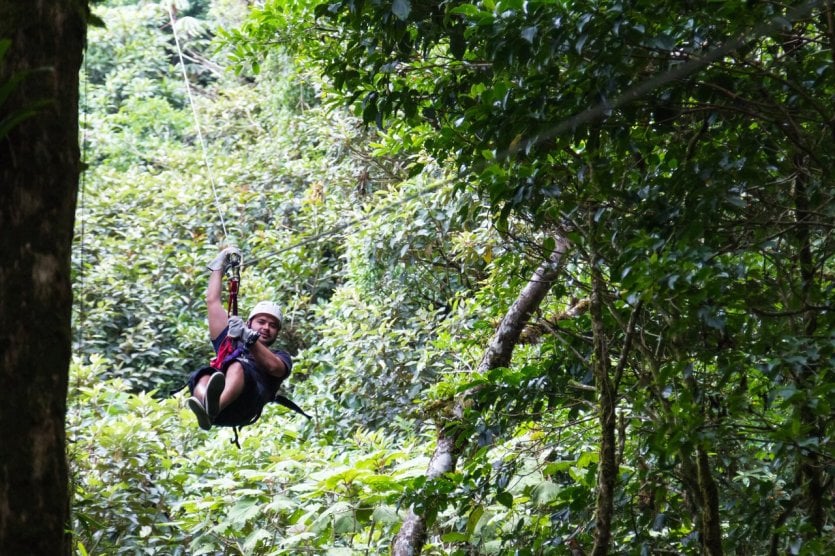
Monteverde is the green lung of Costa Rica. This 105 km2 high altitude rainforest is known as one of the most mythical "cloud forests" on the planet, because of the thick fog that covers it permanently. While it is one of the main tourist attractions of the country, the site remains beautifully protected and its vegetation is fascinating: you will discover more than 2,000 species of plants, 100 species of mammals, as well as 110 species of amphibians and reptiles. For thrill-seekers, the reserve has suspension bridges and zip lines, which allow them to experience unforgettable adventures. Gliding through the trees of Monteverde at full speed will make you feel the sweet thrill of nature! Finally, the reserve's trails are accessible to all travelers, including families with children and people with limited mobility. To visit the forest, we recommend booking a night tour: that's when the birds, insects, reptiles and amphibians wake up!
9. Corcovado National Park, welcome to the jungle
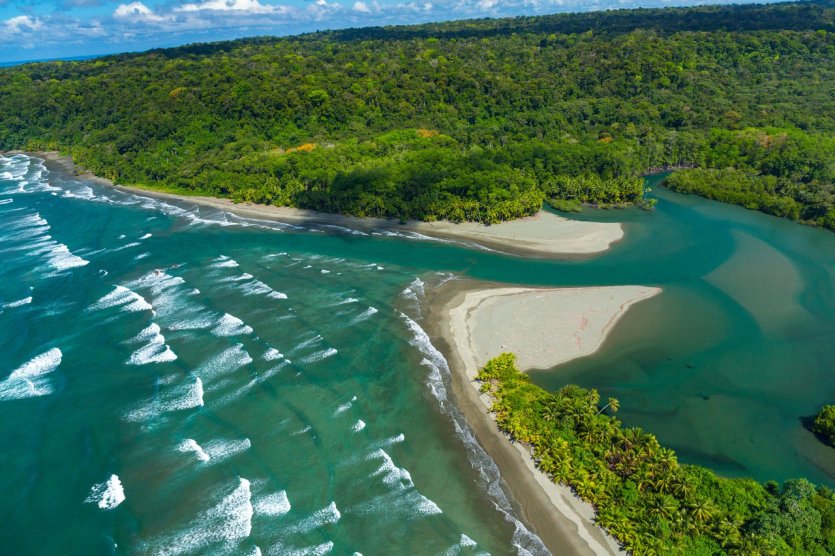
Visiting the Corcovado National Park is to dive directly into a zoo without barriers, a wild and preserved nature covering a large part of the Osa Peninsula. The deeper you go into the meanders of the jungle, the more you discover the richness of this territory: 140 species of mammals, 360 animals, plants and trees on all sides... This thick and sometimes threatening vegetation is a real spectacle!
10. Watching sea turtles in Tortuguero National Park
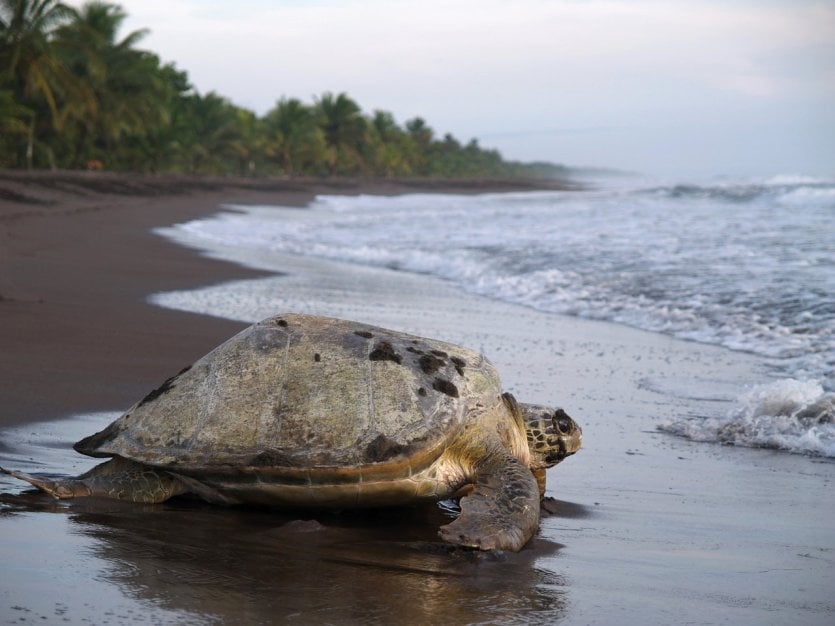
We visit Tortuguero for its charming Afro-Caribbean village, but especially for its splendid national park. This immense lake domain shelters a typical fauna and flora of the country: caimans, sloths and herons can be discovered along the water. But Tortuguero is especially famous for being the place where turtles lay their eggs, as its name indicates. At nightfall, they come to dig their nest on the beach to lay their eggs... A wonderful show. Would you like to explore this lively rainforest, observe the wildlife in its natural habitat and discover the local ecosystem? Click here and book your guided tour in a few clicks!
11. Scuba diving on the island of Caño
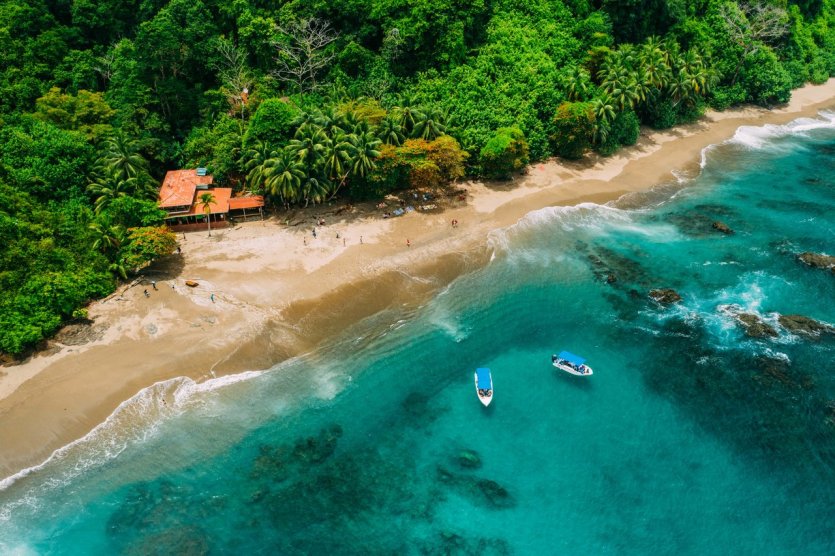
If you travel to the Pacific coast of Costa Rica, don't miss the opportunity to visit the island of Caño. This island is located 16 km from the Osa Peninsula and was declared a protected area in 1978. Caño is a small natural wonder that offers dense and lush vegetation and pre-Columbian remains. Divers, in particular, are drawn to the island to swim alongside manta rays, white tip sharks, turtles, dolphins and a wide variety of colorful fish. The lucky ones can even spot humpback whales between August and November!
12. Try rafting on the Rio Pacuare
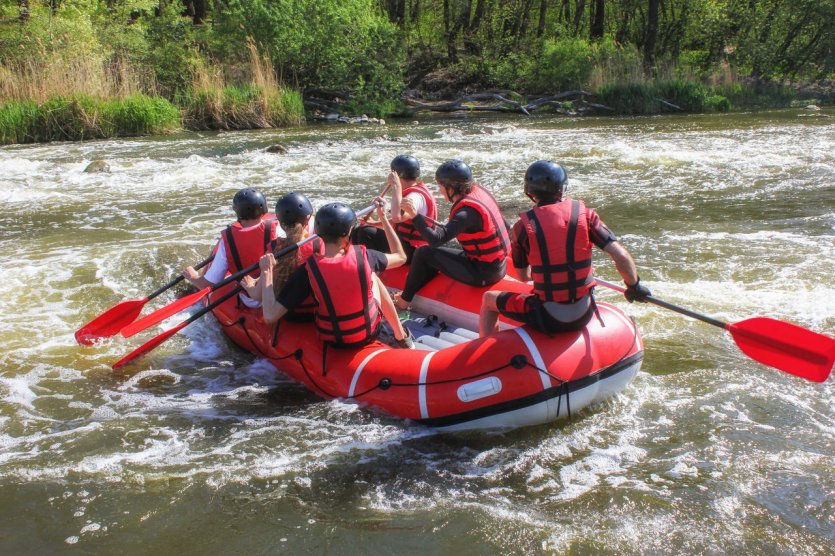
For outdoor thrill seekers, it would be a shame not to take advantage of a few rafting trips down the Rio Pacuare, a river that winds its way along the Talamanca Mountains through a beautiful lush rainforest. The river's rapids are punctuated by dizzying waterfalls, providing an incredible playground for wildlife viewing and rafting. It is an unforgettable experience that will remain engraved in the memories!
13. Stop by the Pre-Columbian Gold Museum
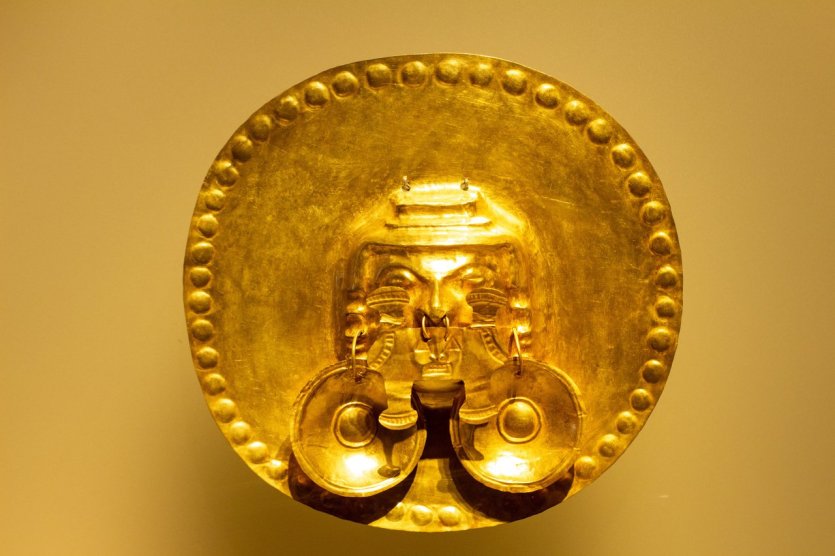
Often overlooked by travelers in favor of nature and small towns, Costa Rica's capital, San José, is a cultural city with many surprises. One of the jewels of the city is the Pre-Columbian Gold Museum which, with more than 1,600 pieces, has one of the most impressive and complete collections in Central America. The pieces on display reflect various aspects such as the relationship between man and nature, goldsmithing techniques and the social organization of the populations. In addition to the pre-Columbian pieces, the museum also offers a collection of ethnic objects, ceramics and ancient coins.
14. Live an unforgettable immersion in the Bribri culture of Costa Rica
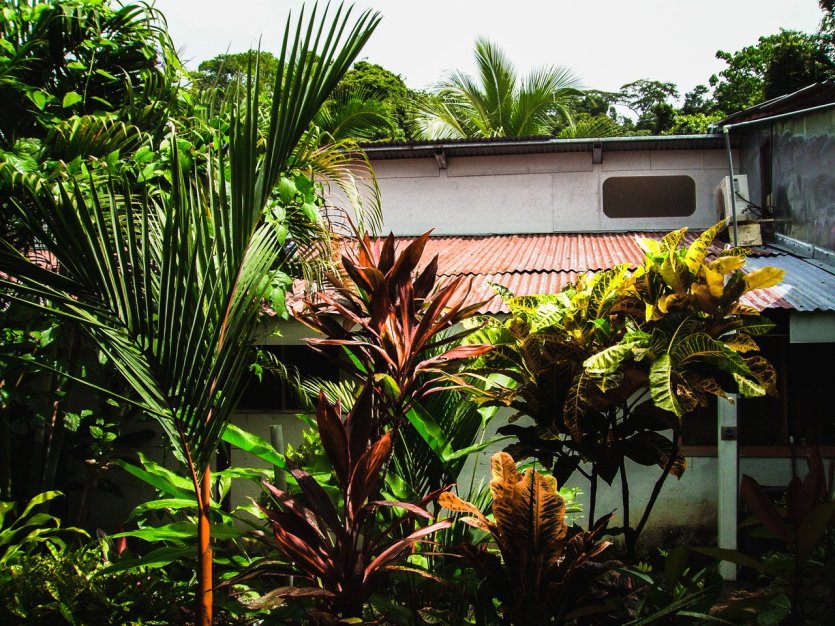
Costa Rica is still home to eight indigenous communities, descendants of the pre-Columbian civilization, whose territories are protected by law and who enjoy a certain autonomy, including the Bribri community. Welcoming and warm, they offer travelers an immersion that allows them to discover their culture, their traditions and their way of life. They even offer bed and breakfast for visitors. The Bribri are cocoa bean farmers and also have a great knowledge of medicinal plants. They will not hesitate to share with you their knowledge of chocolate making and healing.
15. Hike to the top of Cerro Chirripó
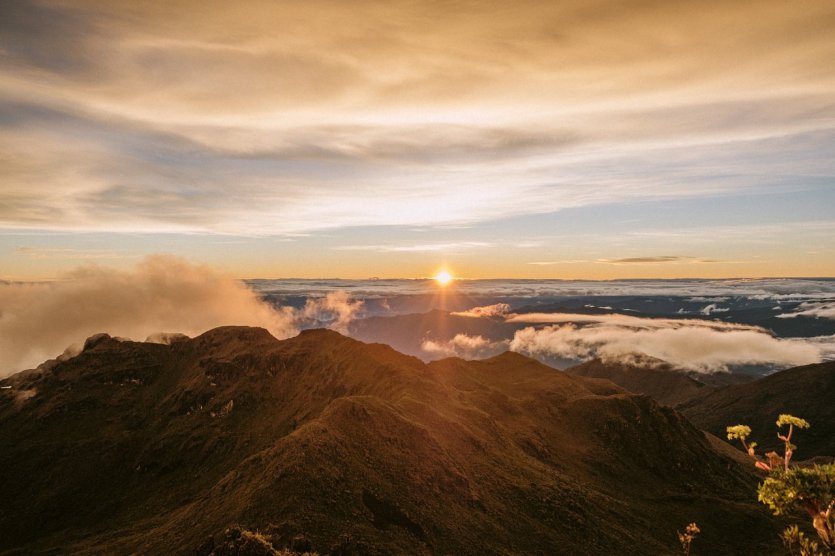
Covering an area of 50,150 hectares, Chirripó National Park is the largest national park in Costa Rica and is a natural wonder to be discovered. With an average altitude of 2,500 meters and three peaks exceeding 3,800 meters, including Chirripó, the highest point in Central America at 3,820 meters, the park is considered the northern limit of the Andes and Paramó. You can book an excursion to the summit . Plan on an 8-hour climb and a night in a refuge before coming down the next day. The view from the summit is breathtaking. The diversity of wildlife is also exceptional, including species such as puma, jaguar and coyote, as well as a multitude of birds. The park's various natural habitats include the cloud forest, famous for its distinctive vegetation (orchids, tree ferns, mosses...).
16. Make a stop at Rincon de la Vieja National Park
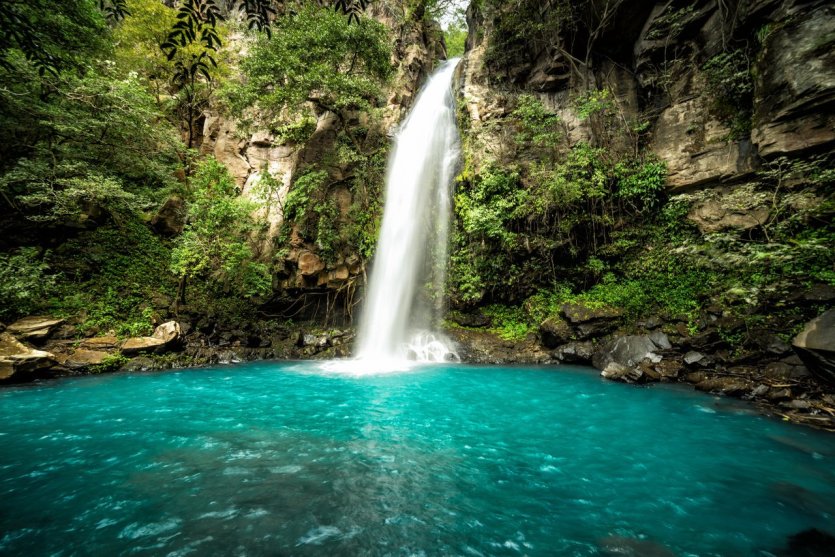
The Rincon de la Vieja Park is dominated by one of the volcanic massifs of the Guanacaste mountain range, which also includes Miravalles and Santa María. The dry forest that surrounds the volcanoes of the mountain range is the starting point for the many rivers that originate there. The park was therefore created in the 1970s to protect this formidable reservoir. In the forest, you can observe a multitude of orchids, including the guaria morada (national flower), and many birds, mammals and insects. From the guardhouses of Las Pailas or Santa María, trails lead to volcanic sites. Some of them, several kilometers long, go to mud pools (too hot to dive into) or thermal water at 40°C.
17. Rejuvenate in Nosara
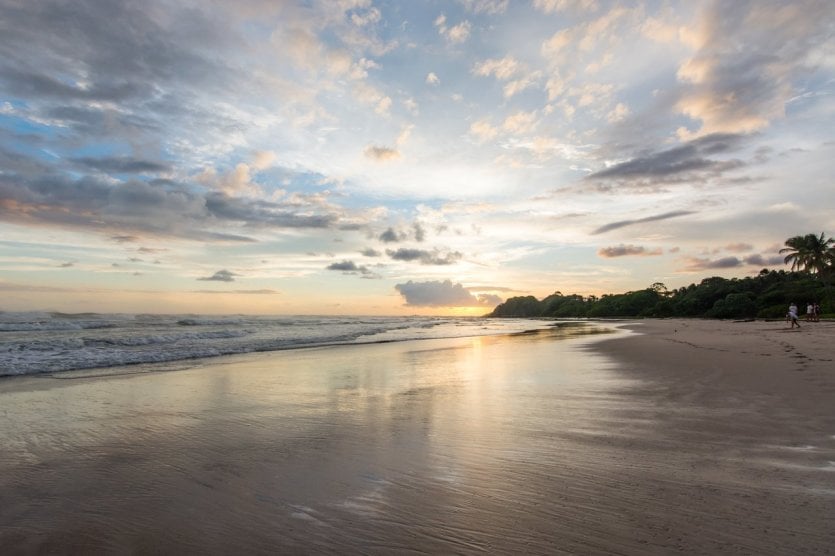
Located in the middle of nature and surrounded by beautiful beaches, the small village of Nosara is a true haven of peace. The access to the beach is a bit difficult, but the beauty of the landscape is well worth it. If Nosara was once a popular tourist destination, it now attracts mainly fishermen and surfers. To stay in the area, it is advisable to choose Ostional or Playa Guiones, in the south. These places offer a peaceful and friendly atmosphere, ideal for a relaxing vacation. For example, you can learn to cook traditional dishes by discovering local cooking methods and then enjoy your meal during a hands-on cooking class in Nosara.
18. The Turrialba volcano
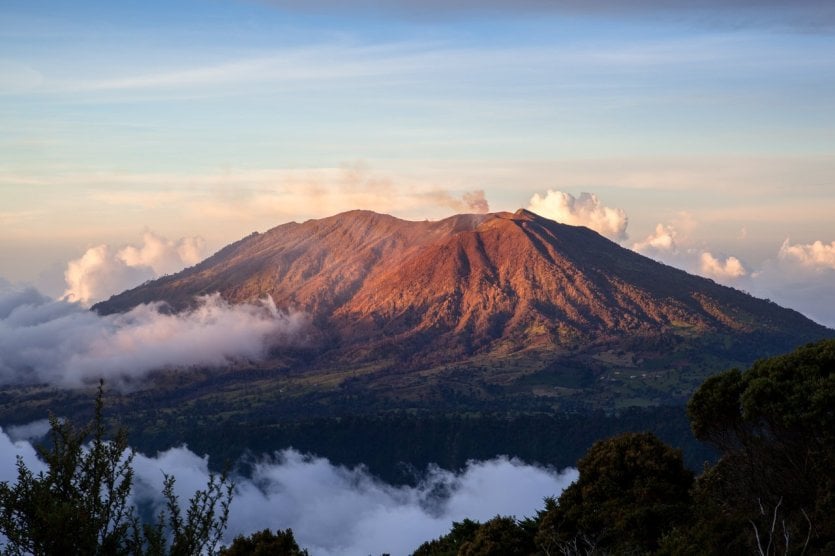
Becoming active in 2014, Turrialba volcano is currently one of the most closely watched volcanoes in Central America . On September 22, 2016, the volcano experienced its most powerful eruption in twenty years, releasing a massive ash cloud that rose to an altitude of nearly 50 km, visible through television around the world. Since December 2020, the park has reopened to the public, but the hike to the summit requires the accompaniment of a guide over a distance of about 5 km. On a clear day, visitors can enjoy spectacular views of the Caribbean coast and the Pacific Ocean from the summit. Although often overlooked in travel itineraries, the Turrialba volcano is a true paradise for adventurers!
19. Cahuita National Park
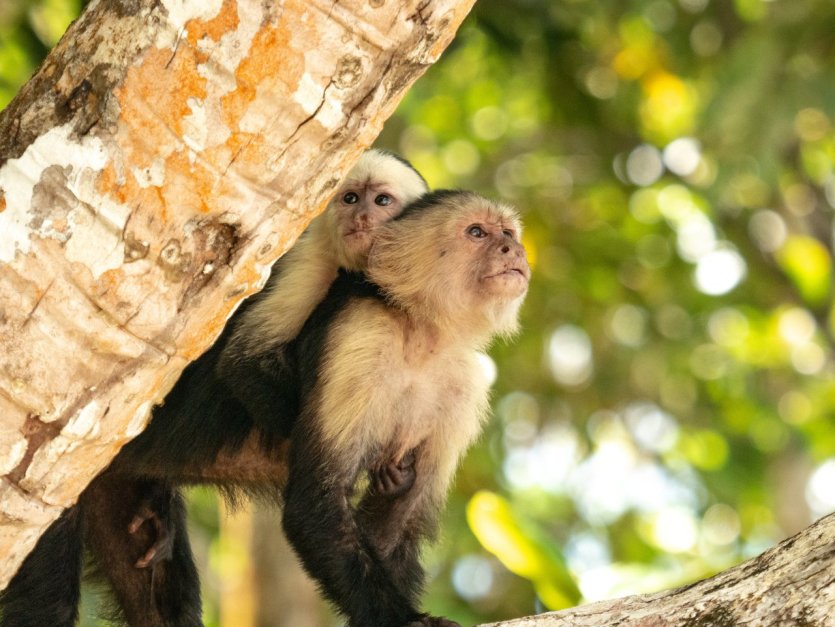
Less popular than Manuel Antonio Park, but more affordable, Cahuita National Park was declared a national park in 1978 and is the only park in the country that is partially managed by the community. The entrance fee is therefore left to the discretion of each visitor. Take the time to walk along its white sandy beaches, admire its coconut trees sloping towards the sea like a postcard and its calm waters . The main attraction is the coral reef that surrounds Punta Cahuita. You will be able to see sea urchins, colored fish as well as elk horns...
20. La Paz Waterfall Gardens
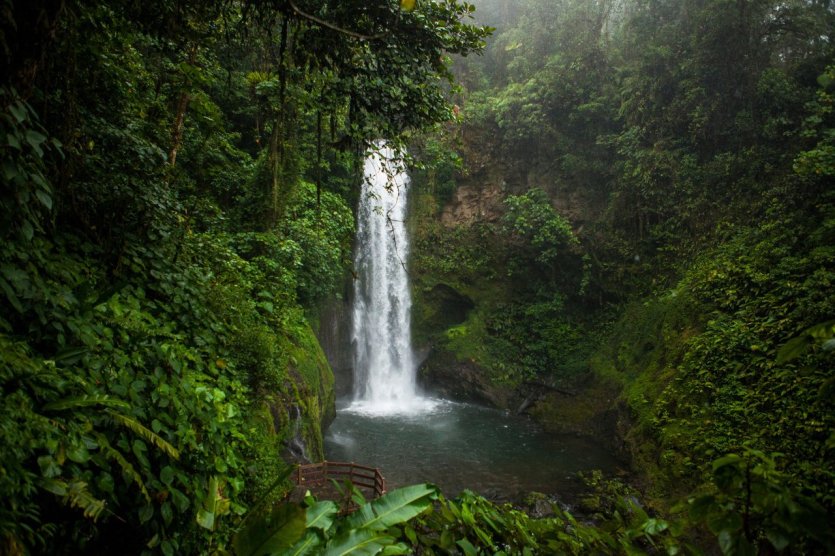
Dive into the heart of a huge lush forest to discover the La Paz Waterfall Gardens. You will be able to admire the five impressive 1,400 meter high waterfalls, including the famous La Paz Waterfall which is the highest in Costa Rica. They are a true spectacle of nature, each waterfall forming a magnificent pool and offering a breathtaking spectacle of beauty. Once in the picturesque gardens, you will feel like you are in a real earthly paradise among butterflies, birds and orchids. To discover the waterfall of La Paz and the crater of the Poas volcano, we advise you to book your tour right here and thus benefit from the offers of our partner!
21. Taste the famous Gallo Pinto
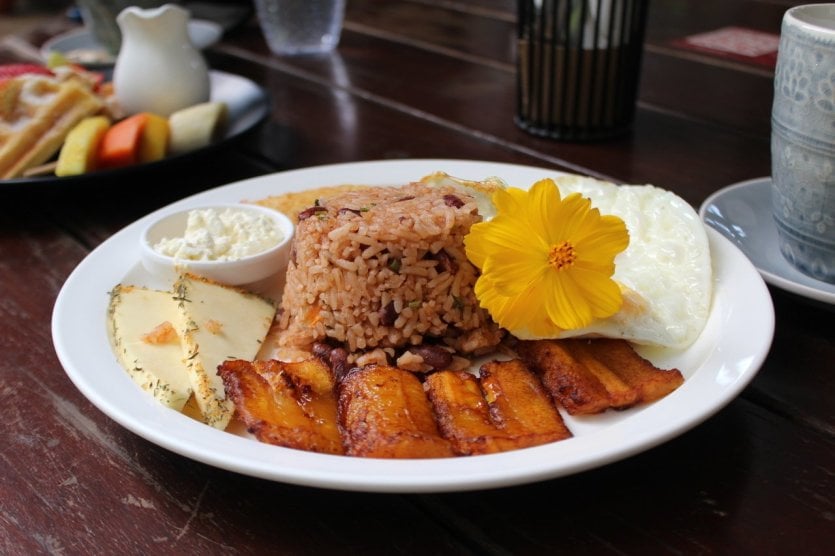
If there is one specialty to taste during your stay in Costa Rica it is the national dish, the Gallo Pinto. It is the Costa Rican dish par excellence! It has nothing to do with what it means ("spotted rooster") since it is a mixture of rice and black beans as well as coconut milk, onions, peppers and cilantro according to the recipes and accompanied by cornmeal cakes and fried plantain. This is the classic breakfast, eaten in the morning by all Costa Ricans, but you can enjoy it at any time of the day: it's delicious, and it's the cheapest dish!
What is the most beautiful place in Costa Rica?
Costa Rica is full of beautiful places to get away and enjoy the lush nature. We could not choose only one place among the impressive volcanoes, the fine sand beaches, the splendid waterfalls or the parks sheltering colorful parrots. We have gathered here all our favorites but don't hesitate to give us your opinion when you come back from your vacations!
What is the best time to visit Costa Rica?
The climate of Costa Rica is tropical with two main seasons : the dry season (from December to April) which is the high tourist season, and the wet season (from May to November) which is the low tourist season. Temperatures are pleasant (25-30°C) throughout the year. Higher on the coasts and in the plains, they cool down considerably in altitude. To learn more, go here!
That's it, we made you want to go to Costa Rica? Take the opportunity to discover also our article "10 activities not to be missed in Costa Rica"!


